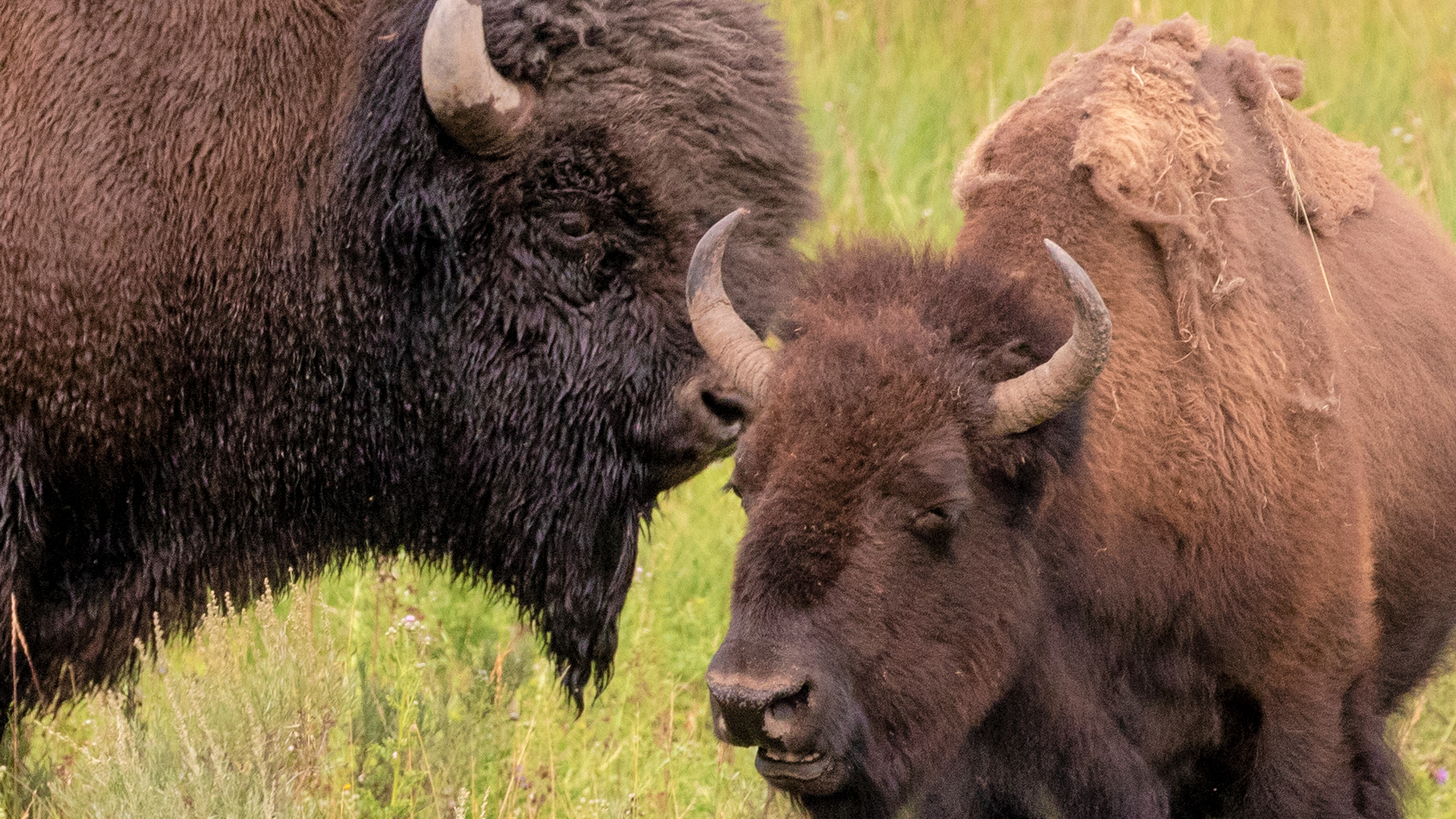
A group of tourists visiting Yellowstone National Park earlier this month have been branded 'idiots' after gathering around one of the native bison on a boardwalk to take photos, and refusing the back off when warned of the danger.
A photo of the group (which you can see below) was snapped by another park visitor, Cole Higgins, and shared on Instagram account TouronsOfNationalParks, which calls out bad behavior at sites of natural beauty.
"Taken on June 11th at the Dragon's Mouth," wrote Higgins. "Tourists were informed to move away and nobody did.”
As the weather warms up, there has been a noticeable increase in the number of incidents involving bison, including people using the animals as photo props and trying to pet them. There was also a tragic case where a bison calf was euthanized after a man pushed it up a riverbank onto a road, and it was rejected by its herd.
The National Park Service (NPS) has shared several reminders warning visitors to give wildlife more space, reminding them to use their phone's zoom feature rather than get up close.
If you want to take a picture of wildlife, give them room and use your zoom. If you are close enough to take a selfie, you are wayyyy too close. If you see an animal, you are responsible for backing up to a safe distance, even if the animal moves toward you.June 15, 2023
Be bison safe
This time the bison remained calm, but not all close encounters end peacefully. Bison are responsible for more injuries at Yellowstone than any other animal, including bears and snakes.
The National Park Service recommends staying inside your car for the best and safest wildlife viewing experience. You should always stay at least 100 yards (91 meters) from bears and wolves. and 25 yards (32 meters) away from other animals including elk and bison.
If you're not sure just how far that is, close one eye, hold out your arm, and give the bison a thumbs-up. You should be able to completely obscure the animal with your thumb. If not, you need to back up.
"Give bison space when they are near a campsite, trail, boardwalk, parking lot, or in a developed area," advises the NPS. "If need be, turn around and go the other way to avoid interacting with a wild animal in close proximity. "
If a bison is agitated, it may bob its head, make bluff charges, paw at the ground, bellow, or snort. These are all signs that a real charge is imminent, so immediately run or walk away, deploying your bear spray if the bison is following you. For more advice, see our guide how to avoid being gored by a bison.
- The best binoculars and monoculars: enjoy wildlife from a safe distance







